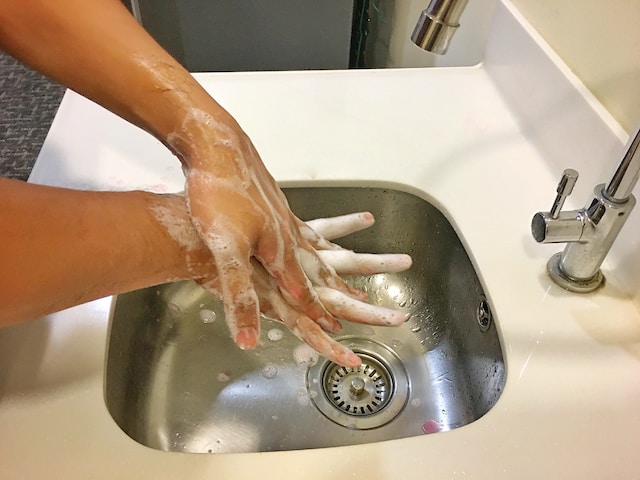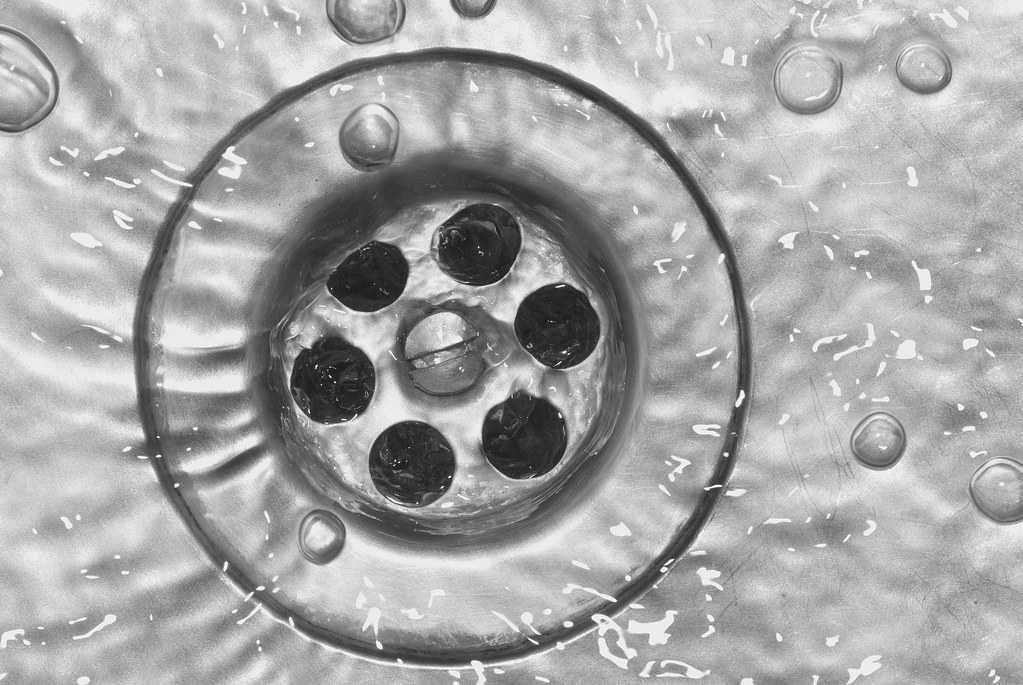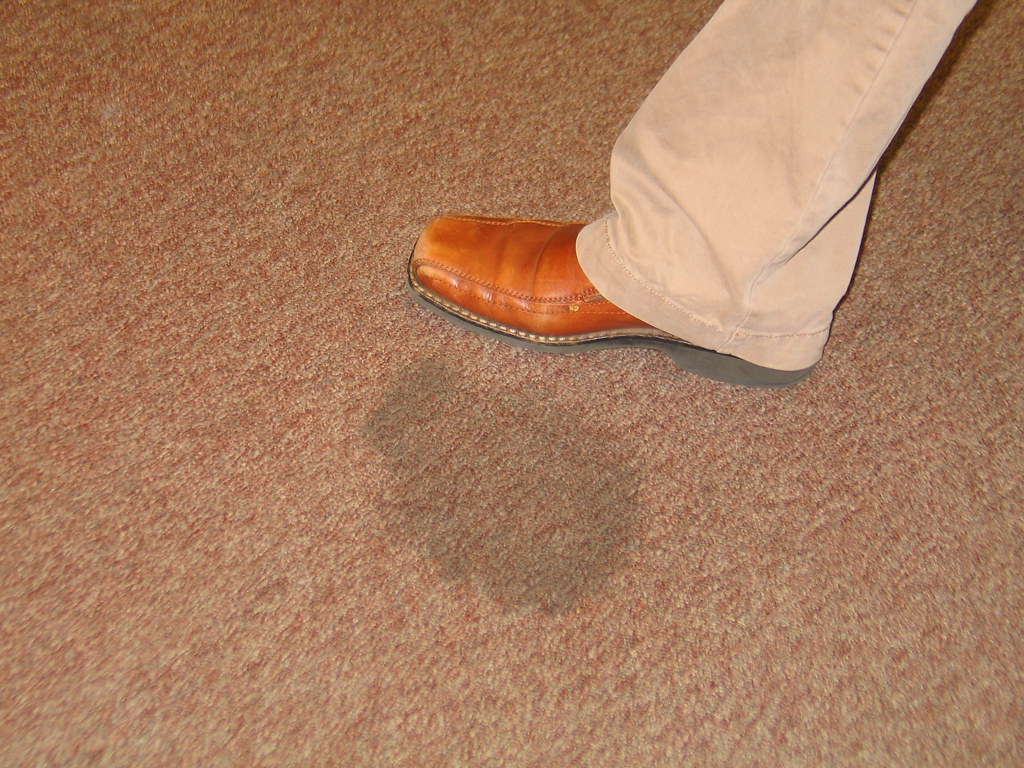Six Reasons Why Drains Clog Up?
When we hear about clogged drains, we usually think of drains in residential settings. What frequently causes a clogged drain in a home is soap scum, food waste, wipes or diapers going down the drain, small solid objects, and cat litter.
But those are not the culprits that clog drains in a commercial facility.
So, what causes drains in commercial facilities to clog up? Among the reasons are the following:
1. Time: Over time, sludge, soil, and grease build up in drains. As the contaminants accumulate, a blockage begins to form. Once a blockage starts, things happen very fast. The pipes collect more sludge, soil, grease, and oil, hastening the development of a clogged drain.
2. Floor Cleaning: Soiled mop water contains high levels of solids and contaminants. After mopping a floor, as you pour the soiled water down a drain, look closely at what has accumulated. You’ll see that the water is now dark and contains solid materials that collected on the mop. Another related problem develops when using a deteriorating mop head. This can happen with both a string mop and a microfiber mop. Fibers start coming apart from the mop head and invariably end up down the drain. If a blockage has already begun, these fibers will build the blockage faster, resulting in a clogged drain sooner rather than later.
3. Tree Roots: Tree roots can collect around underground pipes, eventually penetrating through the pipe. Once this happens, the drain slowly becomes clogged. This is a common occurrence in both residential and commercial settings, and most common with older pipes or pipes that have already been damaged, for instance, during construction.
4. Commercial Kitchens. Clogging drains can be an ongoing problem in a restaurant or a food service kitchen. Liquids containing grease and food particulates are often poured down drains because it is the quickest and easiest way to get rid of them. Initially, these will get through and go down the drain. But once again, the particulates accumulate, causing a clog. We must remember below the drain is a U pipe, a pipe that is shaped like a U. Its purpose is to block sewer odors from being released into the facility. However, these U-shaped pipes can and often do become clogged.
5. Older Low-Flow Toilets. On average, toilets are designed to last ten to fifteen years in a commercial facility. This means that some of the early low-flow toilets are still in use around the country. Further, many facilities installed low-flow flush valves on older, traditional toilets as part of a water conservation upgrade. The problem is that these older systems may not have enough “oomph” to flush waste properly down the drain. This can cause a blockage.
6. Recreational Facilities. Gyms and fitness centers in commercial buildings tend to introduce high levels of soil, hair, mop water, and soap into the drain, all of which contribute to the formation of clogs. Making this an ever bigger problem is the fact that the drainage systems in some buildings were not designed to handle heavy use, which comes with having a gym.
Now that we know some of the causes, how can we address them? The best step facility managers can take is prevention.
Prevention means using foam plungers in floor and sink drains on a set schedule.
The foam eats away at contaminants in the drains, and, if used with a citric-acid-based disinfectant and cleaner, the disinfectant helps eliminate (kill) germs, bacteria, and other contaminants. In a commercial setting, these foam plungers are must-haves and should be used frequently. They help keep drains clog-free and healthy.
Pronatural Brands cleaning, sanitizing & disinfecting products are made from 100% naturally derived, FDA approved food additive ingredients. They are just as powerful as leading chemical-based solutions – just safer.






